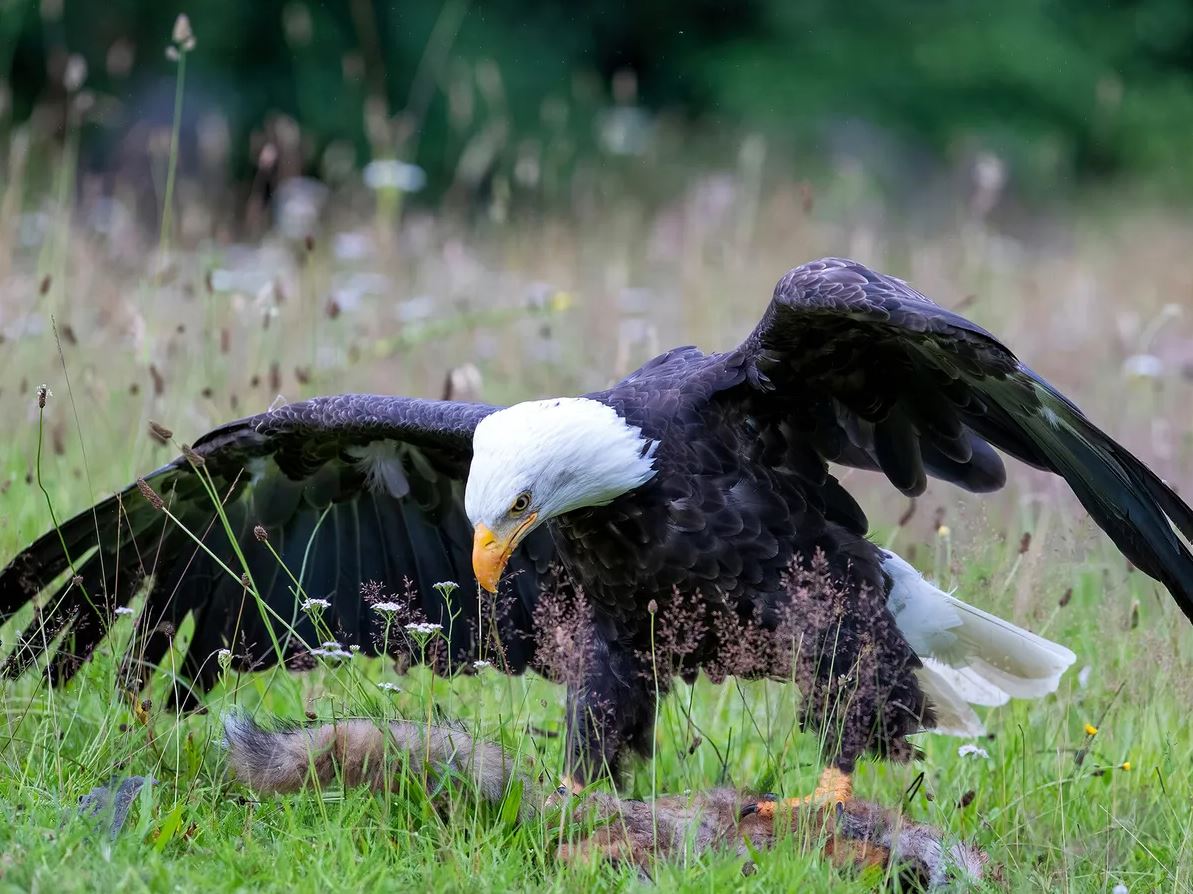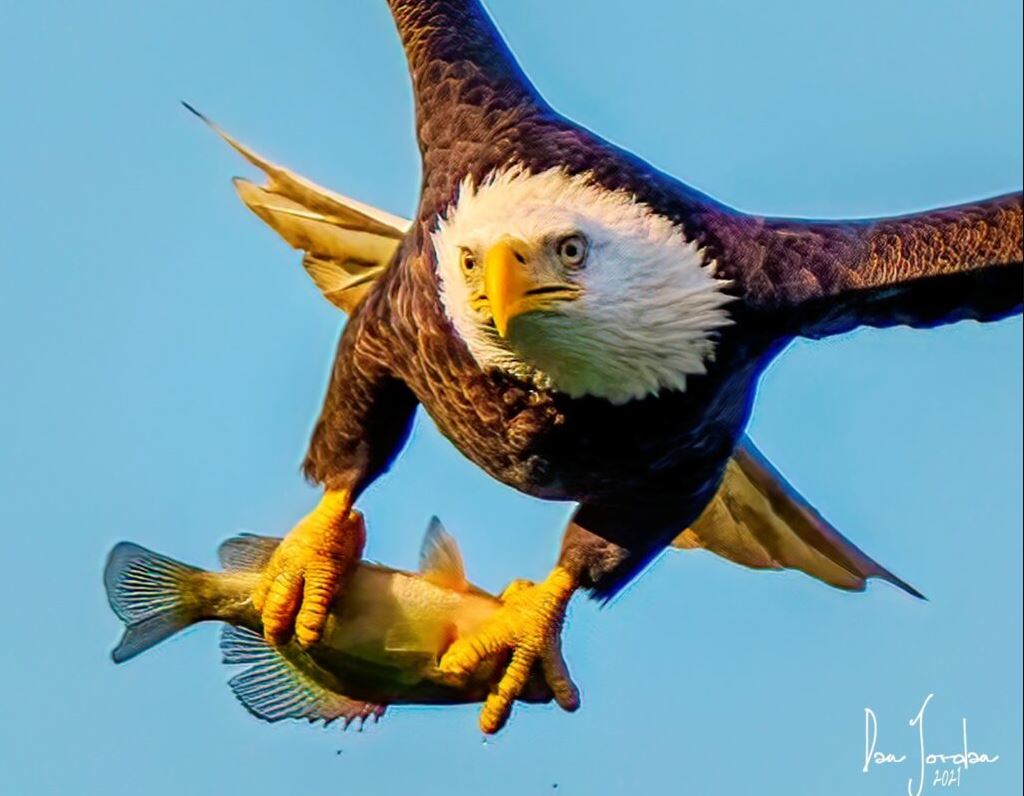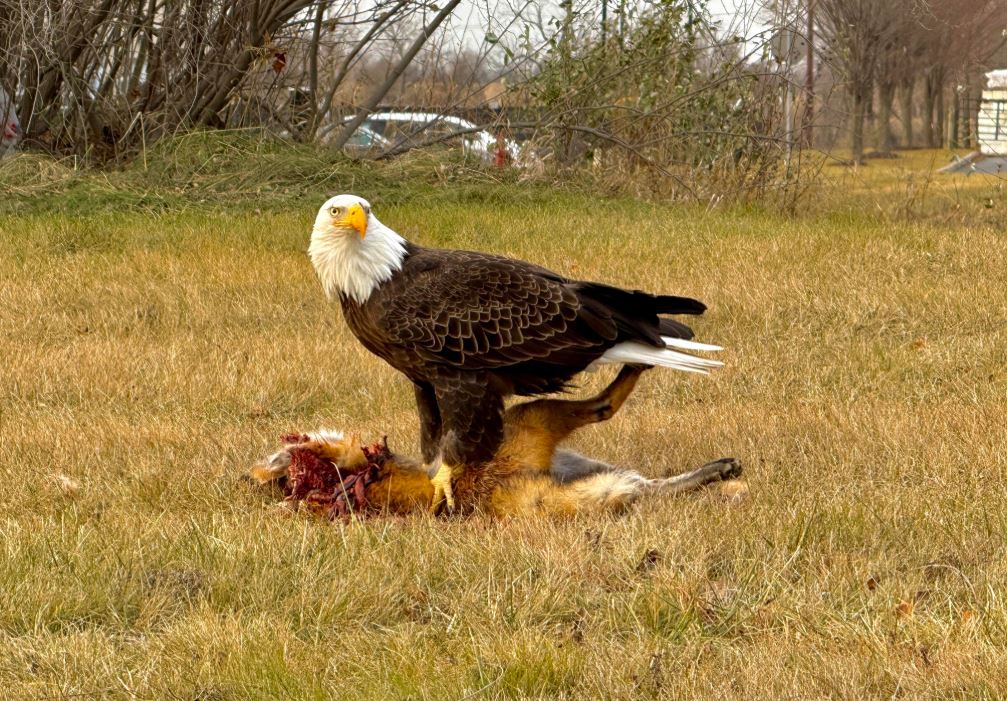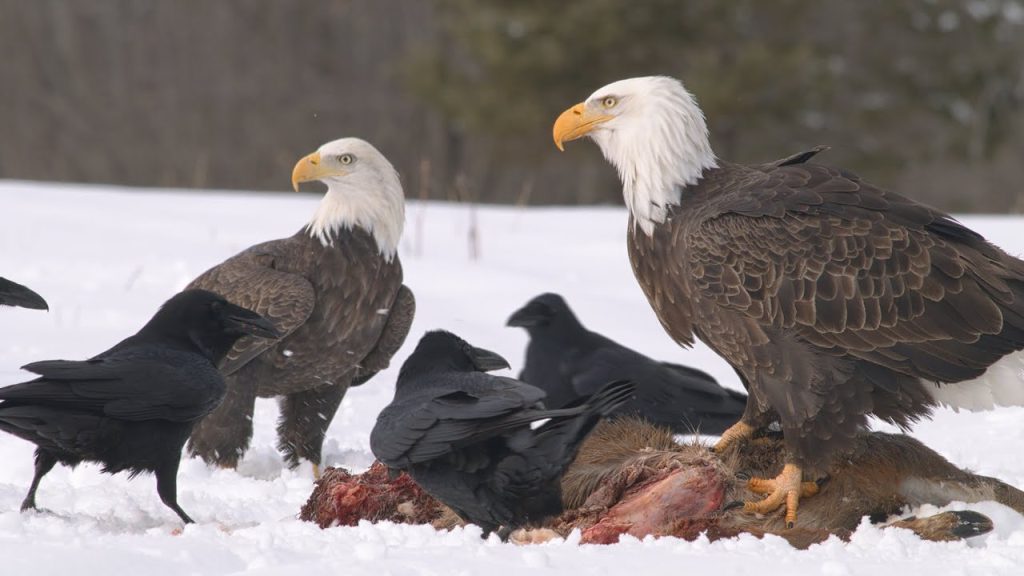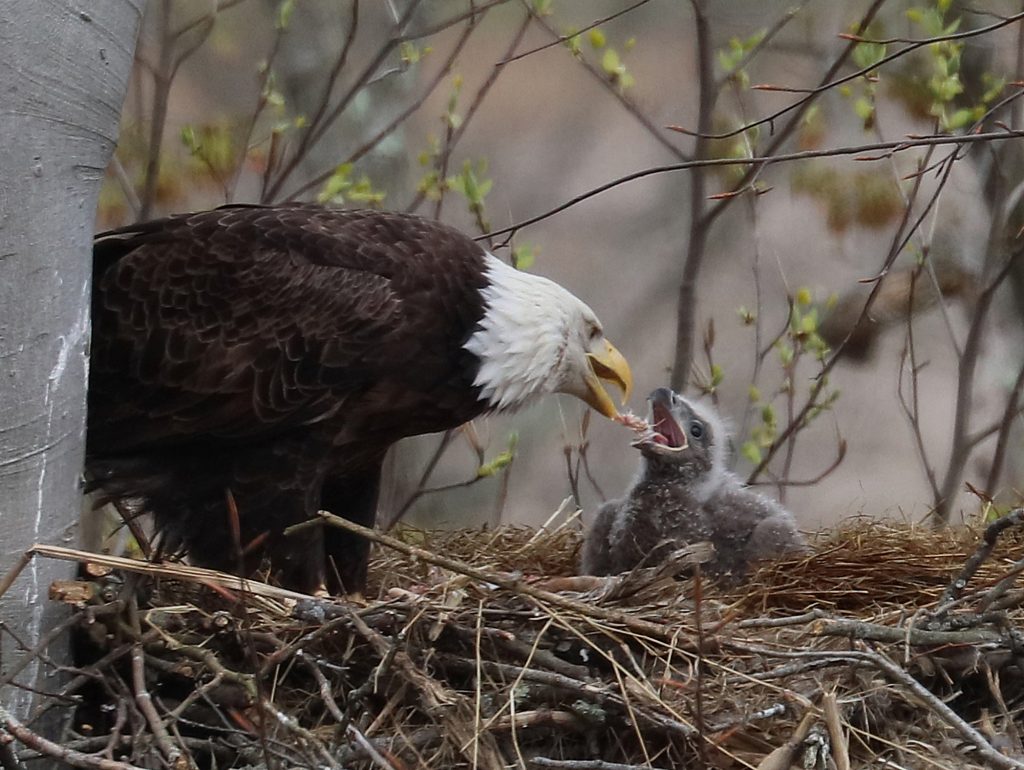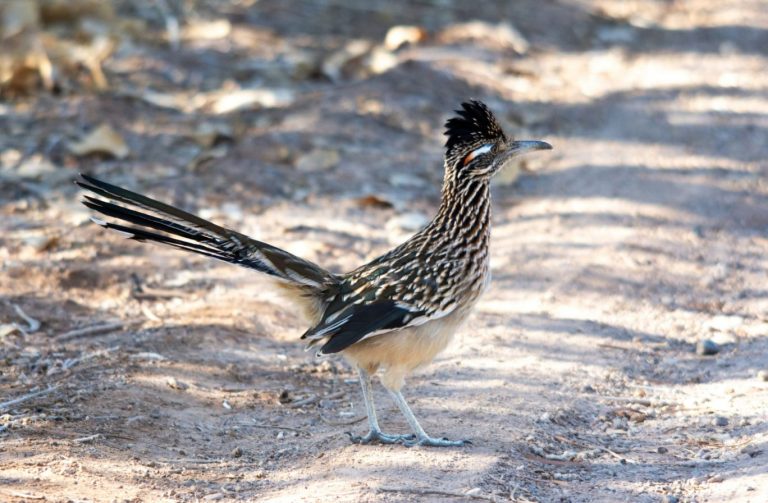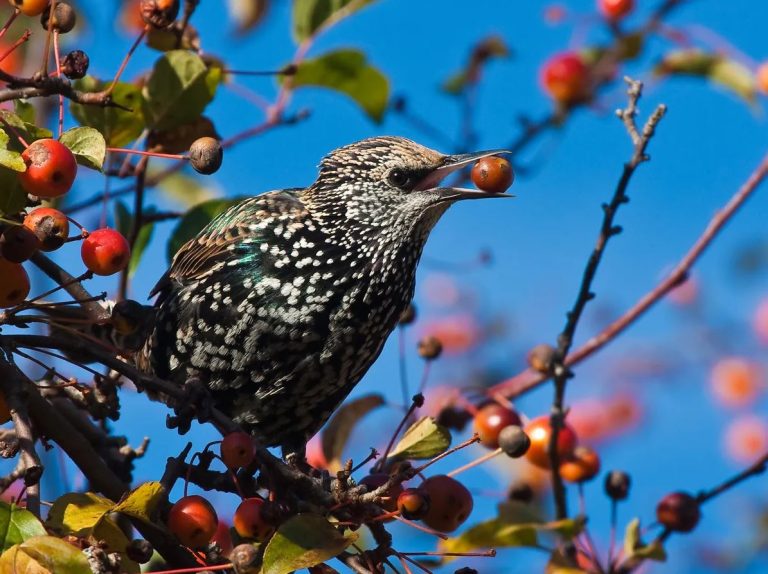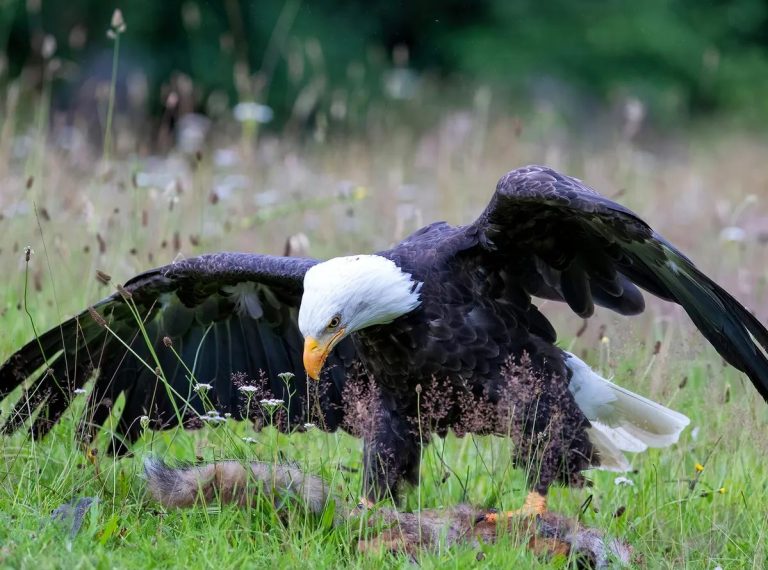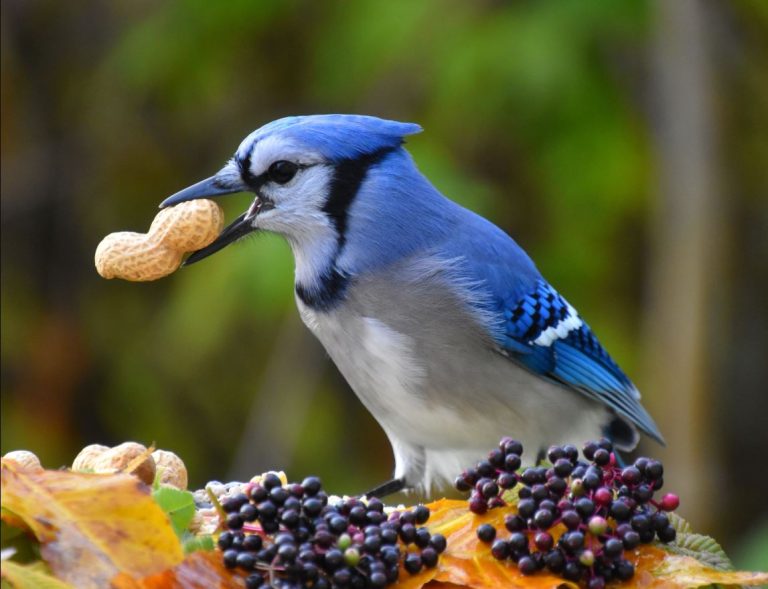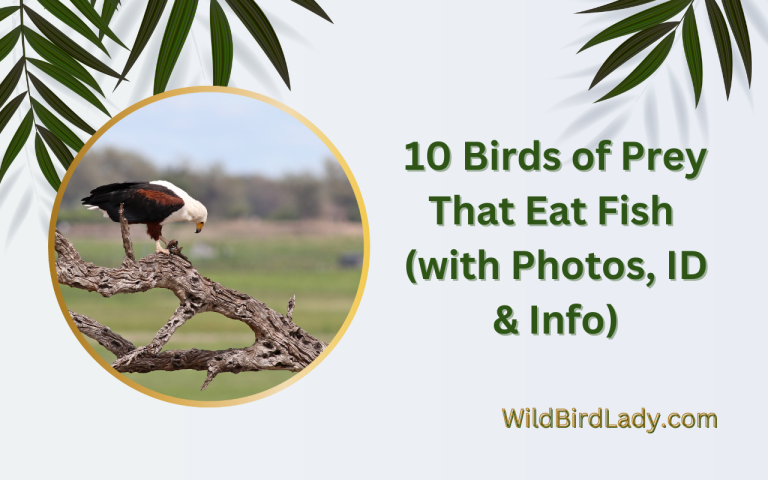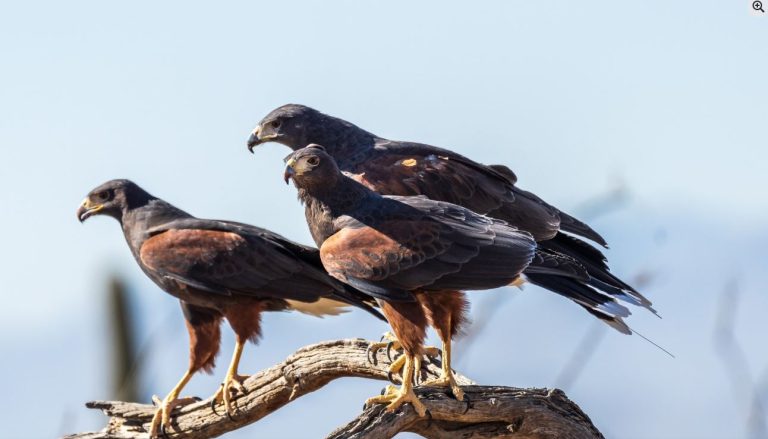What Do Bald Eagles Eat? A Deep Dive into the Bald Eagle Diet
Majestic, powerful, and iconic—the bald eagle is more than just the national bird of the United States. It’s also a fascinating predator with a unique and adaptable diet. If you’ve ever spotted one soaring near a river or lake, you might wonder: What do bald eagles eat? Let’s explore their feeding habits, hunting behavior, and how their diet varies across different habitats and seasons.
Introduction to Bald Eagle Feeding Habits
The bald eagle (Haliaeetus leucocephalus) is a carnivorous raptor with a highly varied diet. While they are skilled hunters, they are also opportunists. Their feeding behavior depends on food availability, season, region, and even competition from other birds or human disturbances.
Primary Diet: Fish as the Staple
Fish make up the majority of the bald eagle diet—often estimated to be around 50–90% of their intake, depending on the location. Preferred species include:
- Salmon
- Trout
- Herring
- Catfish
- Shad
- Perch
Bald eagles use their razor-sharp talons and keen eyesight to spot fish swimming near the surface and swoop down with remarkable precision. According to the U.S. Fish and Wildlife Service, “Bald eagles prefer fish over all other foods and will often snatch fish from the water’s surface or steal it from other birds such as ospreys” (USFWS).
What Else Do Bald Eagles Eat?
When fish are scarce, bald eagles demonstrate their adaptability by switching to other sources of food. These include:
- Birds: Ducks, gulls, coots, and geese
- Small mammals: Rabbits, squirrels, muskrats, and prairie dogs
- Reptiles: Snakes and turtles
- Carrion: Deer carcasses, roadkill, and dead livestock
- Other prey: Crustaceans and amphibians in coastal or wetland areas
The Cornell Lab of Ornithology notes that “bald eagles consume a wide variety of prey, depending heavily on availability. While they prefer fish, they’re perfectly capable of capturing birds or scavenging on mammals when necessary” (All About Birds – Bald Eagle).
How Bald Eagles Hunt
Bald eagles typically hunt alone or in pairs. They prefer open water with shallow edges, where fish are easier to spot. Their hunting strategy involves:
- Soaring or perching to spot prey
- Diving with talons outstretched
- Plucking fish from water in one swift move
- Sometimes wading in shallow water to grab prey
They can lift fish weighing up to 4–5 pounds, but if a fish is too heavy, they’ll sometimes be dragged through the water or forced to release it mid-air.
Scavenging Behavior: Not Always the Noble Hunter
Although we imagine bald eagles as fierce predators, they are opportunistic scavengers. Especially in winter or breeding season, when hunting is difficult, eagles are often seen feeding on:
- Roadkill
- Dead fish washed ashore
- Carcasses left by hunters
They also steal food from other birds, including ospreys, hawks, and gulls—a behavior known as kleptoparasitism.
Seasonal Variations in the Bald Eagle Diet
Food availability changes drastically with the seasons:
- Spring/Summer: Fish is abundant; young birds and mammals become prey
- Fall: Salmon runs provide a feast in the Pacific Northwest
- Winter: Frozen lakes force eagles to scavenge more; they may congregate at open water sources, dams, and landfills
According to the Audubon Society, bald eagles “take advantage of seasonal abundance, especially during fish spawning runs, but in winter they become skilled scavengers and rely more on carrion”.
Regional Differences in Bald Eagle Food Sources
The bald eagle diet differs significantly based on where they live:
- Alaska & Pacific Northwest: Salmon is the staple
- Great Lakes & Inland States: Walleye, bass, and waterfowl
- Florida & Gulf Coast: Catfish, mullet, and coastal birds
- Southwest: Desert rodents, reptiles, and river fish
- Midwest/Plains: Carrion and prairie mammals
The Bald Eagle’s Role in the Ecosystem
As top predators and scavengers, bald eagles help:
- Control fish and small mammal populations
- Clean the environment by consuming dead animals
- Support biodiversity by creating nest platforms used by other birds
Their varied diet reflects their ecological importance in both aquatic and terrestrial ecosystems.
How Humans Impact Bald Eagle Feeding
Human activities have both helped and hindered the bald eagle diet:
Negative Impacts:
- Pollution: Mercury and PCBs in fish can harm eagles
- Habitat loss: Reduces fish availability and safe nesting sites
- Lead poisoning: Ingested from scavenged animals shot with lead bullets
Positive Impacts:
- Conservation laws protect key habitats
- Clean Water Act has improved fish populations
- Winter feeding stations in some areas help survival during cold months
What Bald Eagles Feed Their Chicks
During nesting season, adult bald eagles provide high-protein meals for eaglets:
- Mostly small fish
- Occasionally birds or mammals
- Torn into small, manageable pieces
- Delivered several times daily during early weeks
Eaglets grow rapidly—tripling in weight within 2–3 weeks—and rely entirely on parents for food during the first 10–12 weeks of life.
Food Competition with Other Birds
Bald eagles must compete with:
- Ospreys for fish
- Vultures and ravens for carrion
- Other eagles during winter feeding
They often dominate thanks to their size and aggression, but sometimes are outwitted by faster or more agile birds like gulls.
Bald Eagle Feeding in Winter
In colder regions, bald eagles gather in large numbers near:
- Unfrozen rivers or lakes
- Dams with fish spillways
- Wetlands with muskrat activity
- Garbage dumps or roadkill sites
Many travel south or to lower elevations to find food, forming winter roosts where dozens to hundreds congregate.
Famous Hunting Techniques
Bald eagles have been observed using techniques like:
- “Plucking” fish while barely touching the water
- Forcing waterfowl into exhaustion before grabbing them
- Stealing fish mid-air from ospreys
- Dragging fish to shore if it’s too heavy to lift
These displays of skill highlight their intelligence and adaptability.
Common Misconceptions About Bald Eagle Diet
Myth: Bald eagles only eat live fish.
Truth: They scavenge and eat many types of prey.
Myth: They never steal from others.
Truth: Kleptoparasitism is common, especially with ospreys.
Myth: Eagles avoid human-altered environments.
Truth: Many now feed near landfills, fish farms, and urban lakes.
Conclusion: A Skilled and Opportunistic Predator
So, what do bald eagles eat? While fish dominate their diet, bald eagles are incredibly flexible. From ducks and mammals to carrion and stolen meals, they take advantage of whatever is available. This versatility has helped them recover from near extinction and thrive across North America today.
Their dietary adaptability is not just a survival tool—it’s a testament to their evolutionary success as one of North America’s most iconic raptors.
Frequently Asked Questions (FAQs)
1. What is the main food of a bald eagle?
The primary food of a bald eagle is fish, which can make up 50–90% of its diet. Common fish include salmon, trout, and catfish.
2. Do bald eagles eat other birds?
Yes. While fish is their favorite, bald eagles also hunt birds such as ducks, gulls, and coots—especially when fish is scarce.
3. Are bald eagles scavengers?
Absolutely. Bald eagles are opportunistic feeders and will scavenge carrion, roadkill, and dead fish, particularly in winter or during food shortages.
4. What do bald eagles eat in winter?
In winter, bald eagles eat more carrion, small mammals, waterfowl, and any fish they can catch from unfrozen waters or near dams and spillways.
5. Do bald eagles eat mammals?
Yes. Their diet can include rabbits, squirrels, prairie dogs, and muskrats, especially when hunting conditions for fish are poor.
6. What do baby bald eagles eat?
Bald eagle chicks are fed high-protein meals by their parents—mainly fish, but also birds and small mammals, torn into small pieces.
7. Do bald eagles steal food from other birds?
Yes, this behavior is known as kleptoparasitism. Bald eagles often steal fish from ospreys and other birds of prey.
8. What is a bald eagle’s diet in coastal areas?
In coastal habitats, bald eagles eat fish like herring and mullet, sea birds, crabs, and even marine carrion washed ashore.
9. How does human activity affect the bald eagle’s food sources?
Pollution, habitat loss, and lead poisoning from ammunition can negatively impact bald eagle food sources. However, conservation efforts have helped improve their access to healthy fish and habitats.
10. Do bald eagles eat snakes or turtles?
Yes, especially in southern regions, bald eagles may eat reptiles like snakes and turtles if fish and birds are less available.

